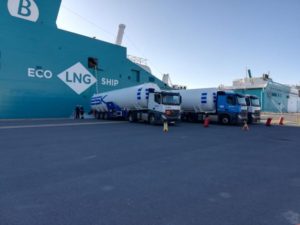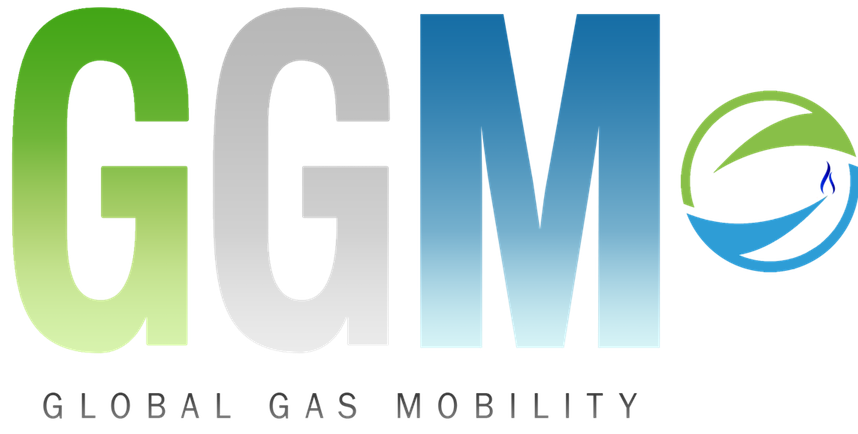 The use of LNG as a bunker fuel is expected to grow sharply in the coming years, the IEA said in its World Energy Outlook 2019.
The use of LNG as a bunker fuel is expected to grow sharply in the coming years, the IEA said in its World Energy Outlook 2019.
The use of LNG in international shipping is expected to reach 50 bn m³/yr of equivalent pipeline gas (39 mn t/yr of LNG) by 2040 from less than 1 bn m³/yr (777,000 t/yr) at present, according to the IEA's Stated Policies Scenario, which focuses on policies and regulations already implemented or announced.
The IMO 2020 sulphur cap, which comes into force on 1 January, has spurred market interest in LNG as an alternative to heavy fuel oil in maritime transport, with 130 new LNG-fuelled ships on order at present (this represents a doubling of the existing fleet). Two-thirds of these are due to be based in Europe, where bunkering infrastructure is the most developed, the IEA said. Burning LNG as a bunker fuel could achieve a 20pc reduction in CO2-equivalent direct emissions from the maritime sector.
LNG bunkering demand could reach 100 bn m³ (78mn t/yr) of gas by 2050 if the IMO initial strategy to cut greenhouse gases by at least half compared with 2008 levels is to be met.
The shipping industry couldn't agree more. Rapidly developing supply capabilities, ‘clean’ credentials, and substantial economic benefits all add up to a ‘very powerful proposition’ for marine LNG, says Titan LNG’s Commercial Director, Michael Schaap.
Titan took delivery of its first LNG bunker barge, FlexFueler 001 in May this year and a second barge, FlexFueler 002, will take to the water in 2020. Operating in conjunction with its partner Fluxys, this barge will be based at quay 526/528 at the Port of Antwerp.
As the demand for LNG bunkering grows, technology develops in order to provide faster and more efficient and flexible technologies. Multi-truck to ship (picture above), ship to ship, land to ship options are already available.
